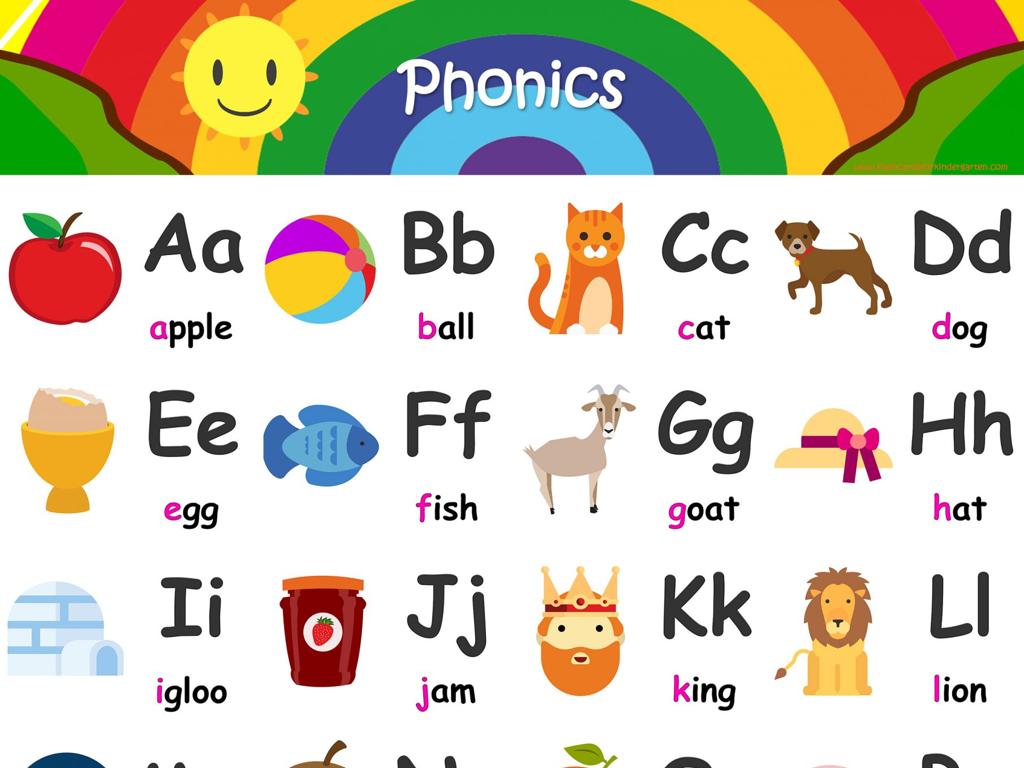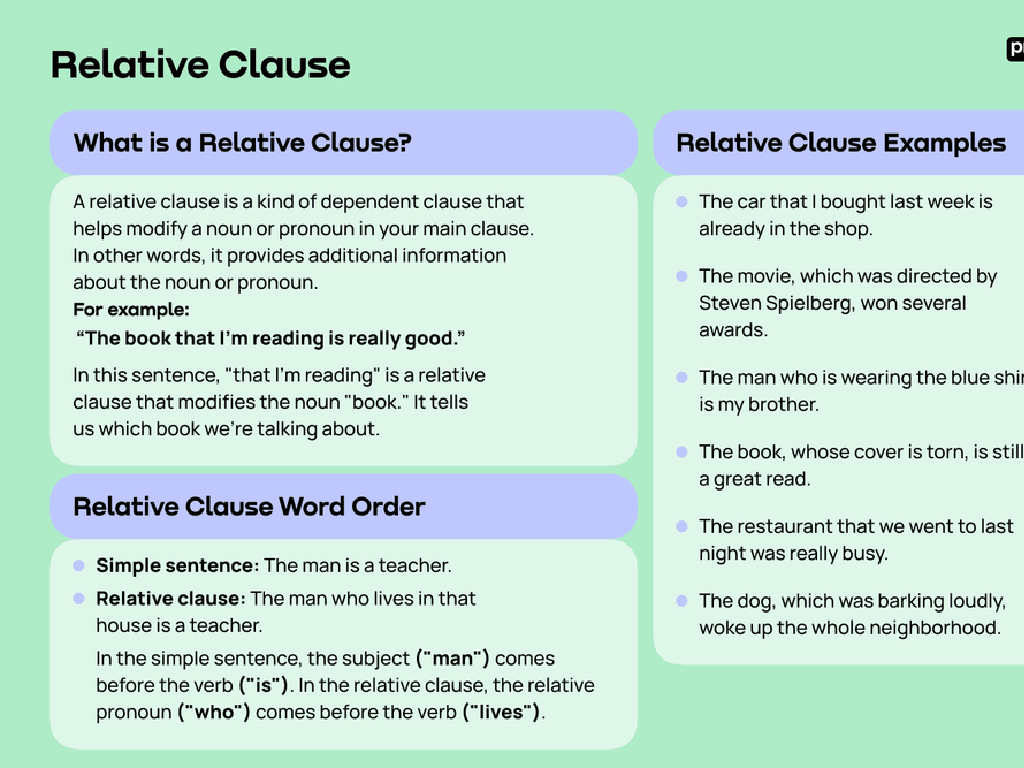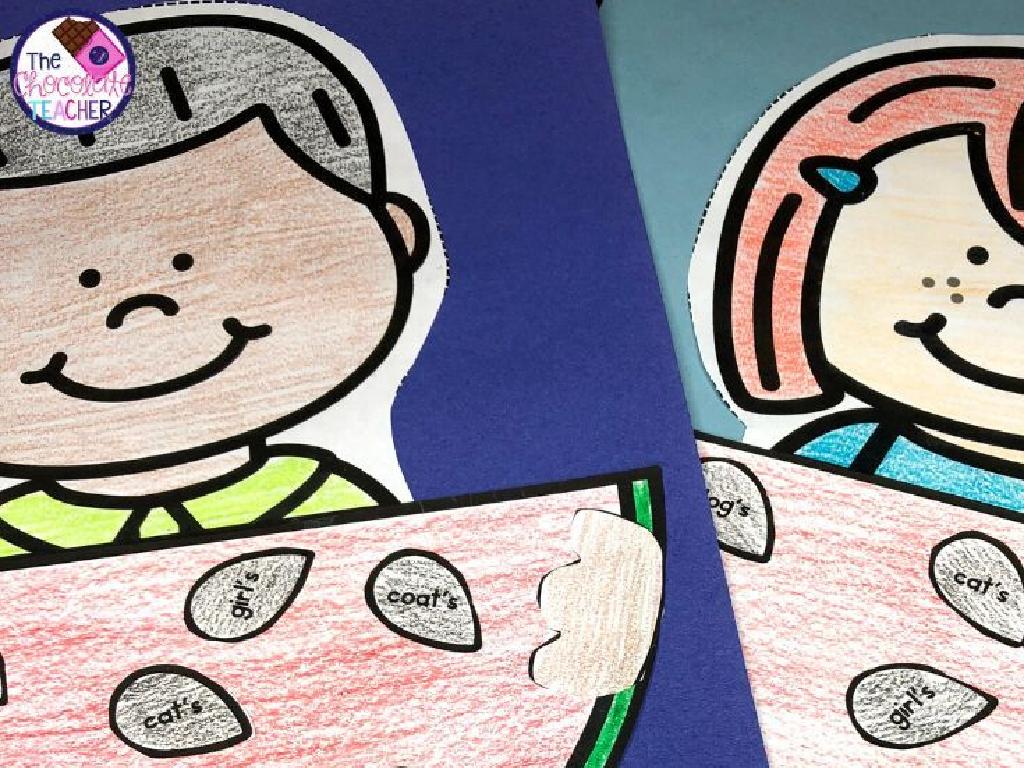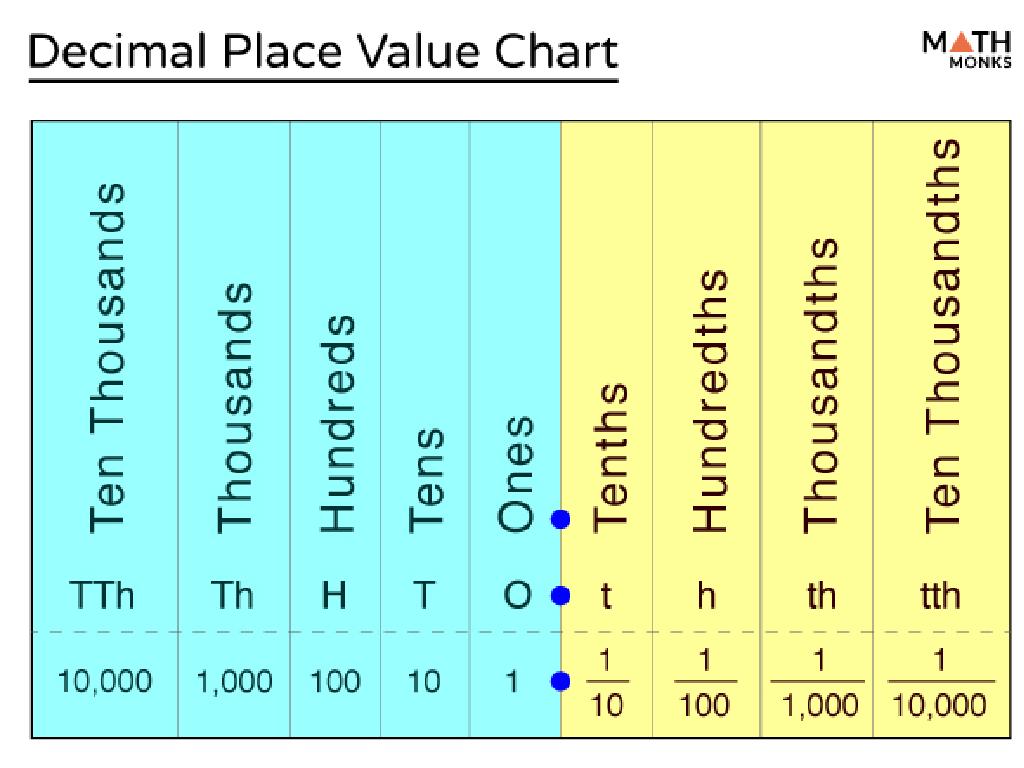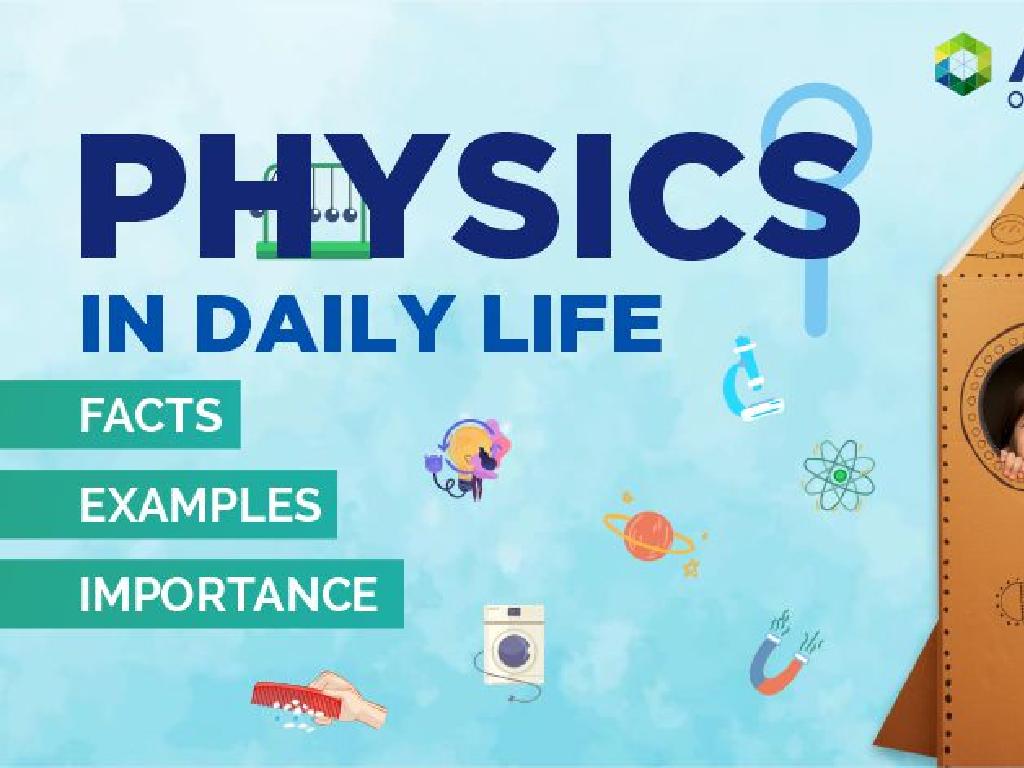Use The Correct Pair Of Correlative Conjunctions
Subject: Language arts
Grade: Seventh grade
Topic: Conjunctions
Please LOG IN to download the presentation. Access is available to registered users only.
View More Content
Exploring Correlative Conjunctions
– Understanding conjunctions
– Conjunctions connect words, phrases, or clauses.
– Conjunctions in sentences
– They link ideas and help form complex sentences.
– Introduction to correlative pairs
– Correlative conjunctions are used in pairs to balance sentences.
– Examples of correlative conjunctions
– Examples: ‘either/or’, ‘neither/nor’, ‘not only/but also’.
|
This slide introduces the concept of conjunctions, focusing on their role in sentence structure and leading to the specific type known as correlative conjunctions. Begin by explaining that conjunctions are like the glue of language, holding different parts of a sentence together. Highlight how they can connect simple ideas to form more complex, interesting sentences. Introduce correlative conjunctions as special pairs that work together to link equal grammatical items. Provide clear examples of correlative conjunction pairs and how they are used in sentences. Encourage students to think of additional examples and to be mindful of using the correct pairings in their writing.
Mastering Correlative Conjunctions
– Define correlative conjunctions
– Pairs of conjunctions used together
– Examples: either/or, neither/nor
– ‘either/or’ for choices, ‘neither/nor’ for negations
– How they connect words/phrases
– They link similar elements in a sentence
– Usage in sentence construction
– Practice creating sentences using these pairs
|
This slide introduces correlative conjunctions, which are pairs of conjunctions that work together to connect words and phrases in a sentence. Provide clear definitions and examples of common correlative conjunction pairs such as either/or and neither/nor. Explain that these conjunctions must be used in pairs and show how they serve to link similar grammatical elements, ensuring parallel structure in sentences. Encourage students to practice by creating their own sentences using each pair of conjunctions. This will help them understand the importance of using correlative conjunctions correctly to convey clear and precise meaning in their writing.
Mastering Correlative Conjunctions
– Balance sentence elements
– Both parts of speech must be parallel. E.g., ‘either…or’, ‘not only…but also’.
– Ensure element agreement
– Subjects and verbs must agree in number. E.g., ‘Neither the teacher nor the students are…’.
– Correct punctuation usage
– Use commas correctly with conjunctions. E.g., ‘Not only did she sing, but she also danced.’
|
This slide aims to teach students the three main rules for using correlative conjunctions correctly. Rule 1 emphasizes the importance of parallel structure, meaning that the sentence parts connected by the conjunction should be of the same grammatical type. Rule 2 is about ensuring that the elements, especially subjects and verbs, agree in number and person. Rule 3 covers the proper use of punctuation when using correlative conjunctions, which often involves commas. Provide examples for each rule to clarify the concepts. Encourage students to create sentences using correlative conjunctions and to peer-review for adherence to these rules.
Correlative Conjunctions: Usage and Practice
– Identify correlative conjunctions
– Find pairs like ‘either/or’ and ‘neither/nor’ in sentences
– Correct improper conjunction use
– Fix sentences where conjunctions don’t match up properly
– Create sentences with conjunction pairs
– Use conjunction pairs correctly to write your own sentences
– Practice with class activities
|
This slide is aimed at helping students understand and practice using correlative conjunctions. Start by explaining that correlative conjunctions are used in pairs to link equal grammatical items. Show examples on the board and ask students to identify the conjunction pairs. Then, present sentences with incorrect usage and have students correct them. For creating sentences, provide a list of correlative conjunction pairs and ask students to write sentences using them. Finally, engage the class in activities such as sentence construction exercises, peer review of sentence structure, and a game where they correct sentences in teams.
Avoiding Common Mistakes with Correlative Conjunctions
– Avoid mismatched sentence structures
– Ensure both parts of the sentence match in structure
– Use correct parallel structure
– Both sides of conjunctions should be parallel
– Don’t overuse conjunctions
– Using too many conjunctions can clutter writing
– Recognize and correct redundancy
– Redundancy dilutes the impact of sentences
|
When teaching correlative conjunctions, it’s crucial to highlight common errors students may encounter. Emphasize the importance of matching sentence structures to ensure clarity and coherence. Parallel structure is key when using correlative conjunctions, as it maintains balance in the sentence. Overusing conjunctions can lead to wordy and confusing sentences, so teach students to be concise. Lastly, redundancy can weaken writing, so students should learn to identify and eliminate unnecessary repetition. Use examples to illustrate each point and provide exercises for students to practice recognizing and correcting these mistakes.
Class Activity: Mastering Correlative Conjunctions
– Pair up and write sentences
– Use various correlative conjunctions
– Examples: ‘either/or’, ‘neither/nor’, ‘not only/but also’
– Exchange sentences with peers
– Group discussion on corrections
– Understand the importance of correct conjunction use
|
This activity is designed to reinforce the understanding of correlative conjunctions through practice and peer review. Students will work in pairs to create sentences using different correlative conjunctions, which will help them understand how these conjunctions connect words and phrases in a sentence. After writing, they will exchange their sentences with another pair to identify and correct any mistakes, promoting collaborative learning. The class will then discuss the corrections to clarify any misunderstandings and reinforce the correct usage of correlative conjunctions. Possible activities for different pairs could include creating sentences based on specific scenarios, correcting deliberately flawed sentences provided by the teacher, or coming up with creative stories that incorporate a variety of correlative conjunctions.
Homework: Crafting Stories with Correlative Conjunctions
– Write a short story for homework
– Use 3 correlative conjunction pairs
– Examples: ‘either/or’, ‘not only/but also’, ‘neither/nor’
– Highlight each conjunction pair
– Use bold or underline for visibility
– Share your story in the next class
|
This homework assignment is designed to reinforce the students’ understanding of correlative conjunctions by applying them in a creative context. Encourage students to think about how these conjunctions can connect ideas in a story. Provide examples of correlative conjunction pairs to get them started. Remind them to make the conjunctions stand out in their writing by highlighting them. In the next class, create a supportive environment for students to share their stories and discuss the use of conjunctions. This will not only help them grasp the concept but also improve their confidence in using complex sentence structures.

